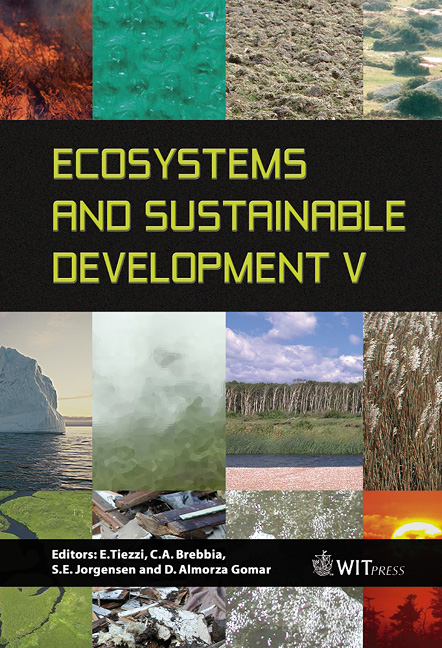Significance Of Carbonic Anhydrase And Its Distribution In The Karst Ecosystem
Price
Free (open access)
Transaction
Volume
81
Pages
7
Published
2005
Size
482 kb
Paper DOI
10.2495/ECO050151
Copyright
WIT Press
Author(s)
Y. Y. Wu, P. P. Li, B. L. Wang, C. Q Liu, X. T. Li & X. Z. Zhao
Abstract
Carbonic anhydrase (Carbonic anhydrase, CA; carbonate hydrolyase, EC 4.2.1.1) is a zinc-containing metalloenzyme that catalyzes the reversible conversion of CO2 to bicarbonate. From the determination and analysis of CA in soil and water bodies in the karst ecosystem, such results may be obtained that show that the CA activities in soil are different among soil layers. In the upper layers of soil, the CA activities are greater than those below; the activities of CA in microalgae in different lakes are different. The determination and analysis of CA in plants in the Karst ecosystem show that CA activities vary from plant to plant. The order is as follows: Parmrlia borreri (4.71) < Parmrlia caperata (5.47) < Pteridium aquilinum (7.72) < Tortula sinensis (33.45) < Barbula conslricla (40.47) < Euonymus sp. (283.67) < Toona sinensis (976.47) < Jasminum seguinii (4895.76) (Unit: WAU/gFW). It can be seen from these results that the plant evolution coordinates with CA evolution, and CA may regulate the carbon cycle in the karst ecosystem. It is an important means for maintaining carbon balance to promote the plant succession of karst ecosystem and sustain the system. Keywords: carbonic anhydrase, Karst, carbon cycle, carbonate rock, bicarbonate.
Keywords
carbonic anhydrase, Karst, carbon cycle, carbonate rock, bicarbonate.





